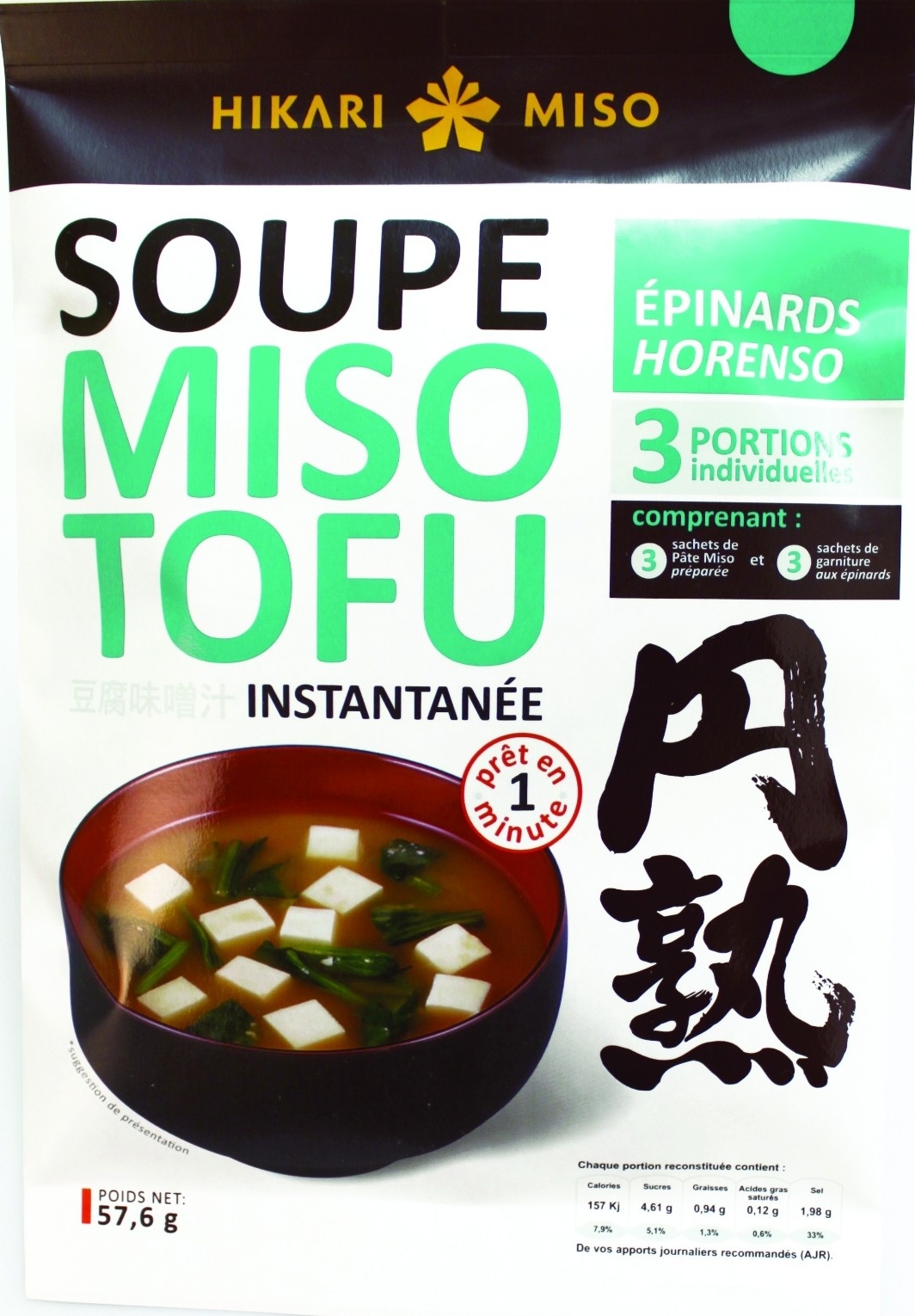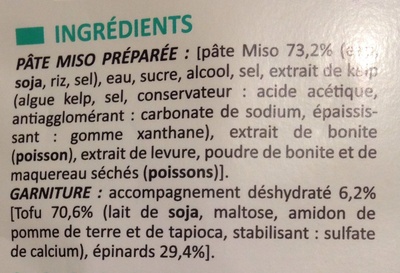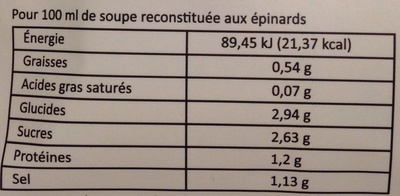Soupe miso tofu - Hikari miso - 57,6 g
This product page is not complete. You can help to complete it by editing it and adding more data from the photos we have, or by taking more photos using the app for Android or iPhone/iPad. Thank you!
×
Barcode: 4902663010210 (EAN / EAN-13)
Common name: soupe miso
Quantity: 57,6 g
Packaging: Bag
Brands: Hikari miso
Origin of ingredients: Japan
Manufacturing or processing places: Japon
Countries where sold: France










